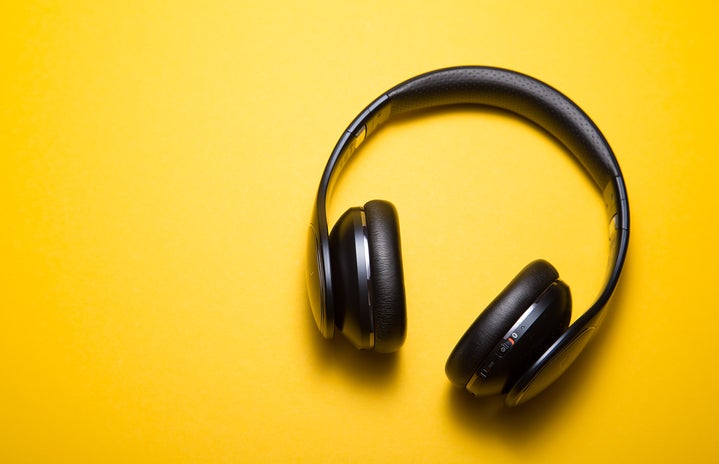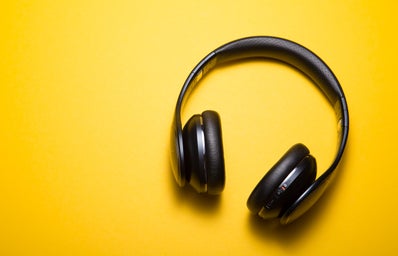One of the most dividing aspects of our generation is our music streaming service: Apple Music or Spotify. Typically, when we discover that someone prefers one platform over the other, there’s a total shock factor. Even more typically, the bias goes towards a specific one over the other. “You use Apple Music? I can’t look at you the same. Spotify is undefeated,” is the usual interaction, but is one really that much more superior than the other? Today, I’m here to analyze the key differences and potentially break the barrier, break the bias. Or, maybe the results will be surprising, and the favoritism towards Spotify is completely acceptable.
- Price and Subscription
-
Both Apple Music and Spotify charge $9.99 a month, and $4.99 a month for students. A family plan including up to six members for $14.99 a month is an option for both as well. The main step-up that Spotify has over Apple is the additional subscription to Hulu and Showtime services with the student deal. Bonus points for Spotify also come from the fact that they allow access to music with advertisements, WITHOUT paying for “Premium,” the full subscription. Listeners can use Spotify for free, while Apple requires the payment of the membership.
Winner: Spotify
- Personalization and Playlist Variety
-
The ability for a music streaming service to cater to a listener’s taste is make-it-or-break-it. For example, a real dealbreaker can come from the fact that Spotify develops more specific playlists to ones’ preferences, or that Apple curates a larger variety of playlists for a wide assortment of genres and moods, hypothetically speaking.
Apple curators handpick songs based on certain aspects and construct playlists to fit you and your taste. Under the “For You” (or “Listen Now” on mobile) category, you can find special mixes– Chill, New Music, Friends, Favorites, Get Up!– that refresh weekly, one-by-one. This way, every day, a new playlist out of the five curated for you has a brand new selection of songs.
Spotify organizes its music in a similar way; playlists such as “Daily Mixes” (allows you to add as many as you would like), “Discover Weekly” (reveals new song choices you may enjoy), “Release Radar” (an assortment of new releases from your favorite artists), “Family Mix” (convergence of the songs listened to the members of your family plan), and more, to expose you to new beats that will appeal to you.
Both services strive to build off of your current listening habits to recommend even more, for your own convenience. Sometimes, discovering new tunes is tough, and both Apple Music and Spotify seem to recognize that. From my experience, it seems that Spotify does a better job at introducing new artists, and Apple Music does a better job at incorporating artist statements since more big-branded artists are affiliated with Apple.
Winner: Tie
- Organization and Layout
-
They always say that the first impression is crucial to attracting interest. The way an application or service apears to listeners when they first open it could either pull more and more listeners in or could cause them to give their money to another service.
Apple Music divides its music into categories found on the bottom of the screen (top on PC) such as “Library” and “Browse,” where you can discover podcasts, radio shows, and playlists based on moods, such as “wind down.” You can also find the “Daily Top 100” in every country around the world here, as well as “Just Updated” playlists, “We’re Loving” selection by Apple curators, and artist interviews. Additional categories on the main screen include “Radio” and “For You.” Apple Music seems to be easy enough to navigate and accessible, but slightly cluttered considering a large number of categories. However, big leg-up on Apple’s end is the diversity of radio stations, and how they’re subdivided into the “Radio” category.
Differentiating from Apple, Spotify only has three categories: “Home,” “Search” and “Your Library.” In “Home,” you can find your recently-played beats, songs based on artists you like, and other selections of playlists individualized by your picks, new releases, and what other listeners like. Under “Search,” you can easily browse music by genre, charts, mood, or even concerts. Similar to how Apple seems to focus more on radio, Spotify pays close attention to providing podcasts for listeners.
Comparing the two, I find that the layout is very similar, but Spotify seems to appear cleaner. Both seem to recommend playlists and music based on your taste, organized in a compact fashion. From my experience, Apple allows more access to new music in radio form, while Spotify curates more on-point, tailored playlists with better recommendations according to your listening habits.
Winner: Spotify
- Convenience and Seamlessness
-
The ease that comes from listening to your preferred streaming platform is a big factor.
Most people in this day and age tend to be Apple users already, owning iPhones, Macbooks, etc. Apple has a key advantage in the fact that users can combine already-owned songs in their iTunes library with their Apple Music streaming catalog. Additionally, Siri, the digital helper on Apple devices, naturally expects any “Hey Siri, play…” demand to be connected seamlessly to Apple Music. Apple Music is also available on Amazon Alexa speakers, Apple HomePods, and Google Home. In fact, Spotify is not really at all supported by the HomePod.
Spotify also allows you to listen on most Bluetooth devices, such as Apple Watch, FireTV, Apple Carplay, etc. However, when using Spotify on Apple devices, it always seems to be an extra step, since the application is not directly affiliated with Apple. A key advantage on Spotify’s part from my own experience is that it tends to be more compatible on non-Apple devices, such as Smart TVs, whereas Apple Music does not have this ability.
Apple Music is already pre-installed on all Apple devices, ready to use. Apple Music is naturally designed to work seamlessly with Apple products, which is what the majority of listeners tend to listen on.
Winner: Apple Music
I am an Apple Music listener myself, mostly because I enjoy the seamless aspect of it since I own multiple Apple devices. Whether or not Apple Music or Spotify is right for you depends on many key characteristics.
Spotify tends to curate more specific, personalized, and well-constructed playlists with excellent recommendations, and also contains a more aesthetically-pleasing layout. It also offers additional subscriptions to Hulu and Showtime under certain circumstances.
Apple Music is native to devices many users use daily, such as iPhones, Macbooks, and Carplay. It also does a better job at connecting with artists and introducing radio stations. Although it’s known to have a more cluttered layout, it’s also said to have improved over the years.
While observing these two widely known applications, I think the winner is more-or-less clear: Spotify.



